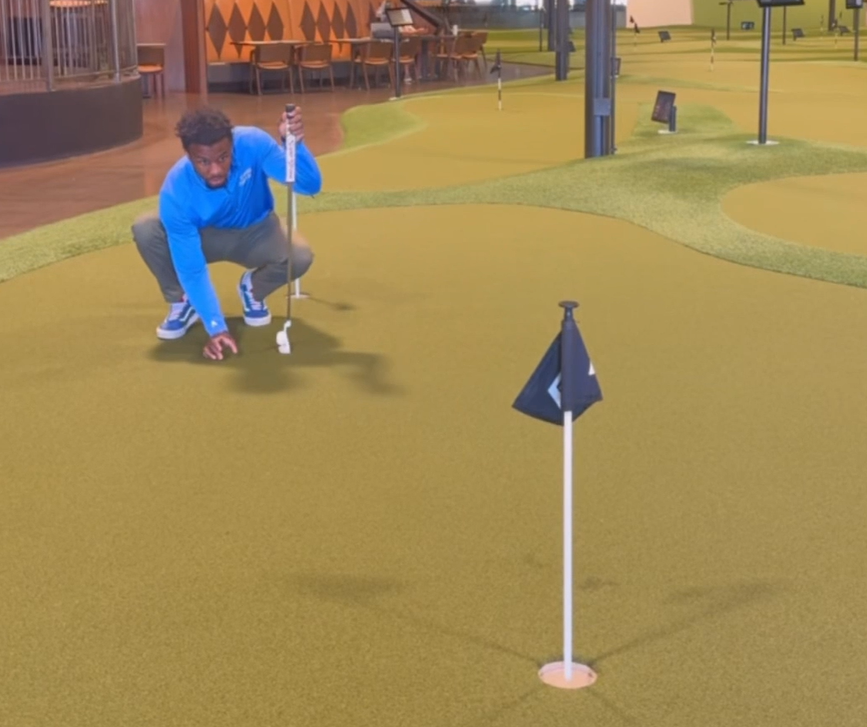
Perfecting Your Putting Grip
A golfer’s touch on the greens can make or break their game. When it comes to putting, the grip is the fundamental connection between the player and the club, significantly impacting control, accuracy, and ultimately, success. Exploring various grip styles and understanding their nuances is pivotal in finding your ideal technique for mastering the art of putting.
The Importance of the Putting Grip
The putting grip is unlike any other in golf. Its primary purpose is to offer stability, control, and feel while maintaining a consistent stroke. Unlike the grip used for full swings, the putting grip emphasizes finesse over power, making its precision paramount.
Traditional Overlap Grip
The traditional overlap grip, where the pinky of the trailing hand overlaps the gap between the index and middle fingers of the lead hand, is a popular choice among golfers. This grip promotes a fluid and unified stroke, offering stability and control during the putting motion. Its simplicity often makes it a starting point for many beginners.


The Cross-Handed or Left-Hand Low Grip
Alternatively, the cross-handed or left-hand low grip involves placing the lead hand (for a right-handed player, the left hand) below the trailing hand on the grip. This style minimizes wrist movement, reducing the risk of yips and promoting a more pendulum-like stroke. Many golfers find this grip helpful in achieving better consistency and a smoother putting action.
Claw and Reverse Overlap Grips
The claw grip, characterized by placing the lead hand in a claw-like position, with the thumb resting on the grip and the other fingers spread, is gaining popularity among professionals. It offers stability and minimizes wrist movement, providing a unique feel for controlling the putter face.
Similarly, the reverse overlap grip, a variation of the traditional overlap grip where the index finger of the lead hand rests over the fingers of the trailing hand, enhances control and can be beneficial for those seeking a more secure grip.
Finding Your Ideal Grip
While these grip styles outline popular choices, finding the right grip is a personal journey. Experimenting with different grips during practice sessions allows golfers to discover which style resonates best with their natural stroke, feel, and comfort.

Perfecting your putting grip involves understanding the nuances of different styles and aligning them with your stroke and comfort. There’s no one-size-fits-all approach; the ideal grip is the one that allows you to execute a smooth, consistent, and controlled putting stroke.
By experimenting and dedicating time to practice with various grips, golfers can identify the grip style that harmonizes with their putting technique, paving the way for improved control, consistency, and ultimately, success on the greens.
Enhance your putting game by exploring and fine-tuning your grip – the gateway to mastering the delicate art of putting.
Subscribe to our newsletter
Explore More
Related Posts
Tee Up for a Cause
7 Reasons Why Putting World is the Perfect Venue for Your Fundraiser

Putting World Unveils World’s First Invisible Golf Ball
… Well, Almost!
March Putting Pass Madness
Score Big All Month Long!

First-Ever World Putting Tour Championship Concludes
Record-Breaking $100,000 Payout
